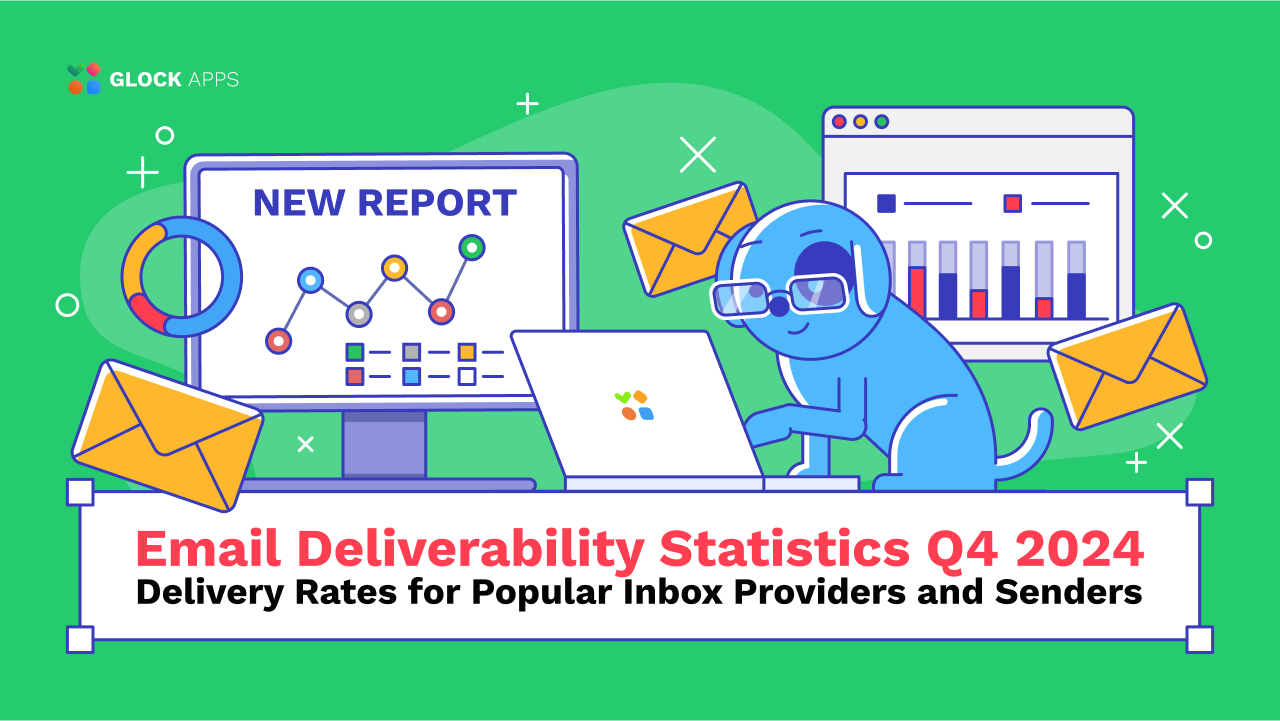7 reasons why website uptime monitoring is important
We know from experience that many online businesses and website owners spend a lot of time and money on online marketing and getting conversions. But sometimes teams lose sight of one of the most fundamental concerns, site uptime. Teams forget the impact of downtime and they fail to monitor site uptime. As a result, when a site outage occurs—and it will—the downtime goes unnoticed, but the downtime still affects visitors and potential customers.
What is website uptime monitoring?
Website uptime monitoring is a service that tests the website’s availability continuously around the clock, and if an outage occurs, the service notifies you. Uptrender checks your site from above 200 monitoring sites around the globe. Uptrends checks every minute from one of the users’ locations to see if your site is available and working. If not, Uptrends sends out alerts. You can choose to receive your notifications via several channels:
You will receive the alert through the channels that work best for you and your team. By supporting the communication methods your team already uses, you can respond quickly to website issues.
1. Website downtime means lost revenue
As an Internet business, you don’t want to lose revenue due to website downtime. If your website is down, there is a high chance that your potential customers or visitors will simply go to your competitor. As a result, you lose revenue, conversions and leads. To prevent wear and tear due to downtime, keep a close eye on your website’s uptime statistics.
…Google’s website briefly went offline, costing the company more than half a million dollars in lost advertising revenue in just five minutes.
Solution: Website uptime monitoring can notify you of a power outage the moment it occurs. You can get your site back up and running faster.
What these uptime percentages mean for you and your wallet
Site uptime is usually expressed in percentages, but it’s important to know what these percentages mean. Let’s take a look at an example based on a website that generates $10 million per year in revenue. As you can see in Table 1, 98% uptime sounds like a good number, but for our hypothetical site, 98% uptime results in a loss of nearly $200,000 in potential revenue.
Table 1: The downtime percentages translate into hours and days of downtime and costly loss of revenue
| Downtime percentage | Downtime per year (hours) | Potential income lost |
|---|---|---|
| 99.99 | .88 | $1004 |
| 98.9 | 96.0 (4 days) | $109,589 |
| 98.0 | 168.25 (7.2 days) | $192,066 |
Sites like Google, Amazon and Facebook aim for 99.999% uptime, also five nine or no more than 5.25 minutes of downtime a year. Five nines is a lofty goal, and even the big guys rarely – if ever – manage it. If you want to see how much downtime you can have for a given percentage, use our free uptime calculator. If you’re thinking of signing a Service Level Agreement (SLA), make sure you understand what the uptime percentages actually mean in downtime (95% uptime means 2.5 weeks of downtime per year).
Solution: With Website Availability Monitoring and SLA trackingyou can easily track your website uptime to prove to your users that you have met your SLA. If you’ve agreed an SLA with a supplier, you’ll want proof if they don’t keep their promise.
2. Keep visitors and customers happy
No one likes a website with erratic availability, poor performance, or simply not working properly. In the event of downtime, some of your loyal customers will wait, but often they simply move on to your competitor. If that competitor offers a better, more reliable experience, you won’t see them again.
Websites that went down experienced an average permanent outage rate of 9%.”
Akamai found that 9% of visitors who encounter a website that is not down do not return to the site again. You might think 9% isn’t that bad, but these outages usually happen during peak hours. Sure, scheduled maintenance also creates downtime, but scheduled outages take place during the slow times when your website has fewer visitors. So, 9% during peak hours can represent thousands of customers, and if you’re one of the big guys, we’re talking about millions of visitors leaving the site permanently. What will a power outage cost you during peak periods?
3. Lost reputation. Your online presence also affects offline.
Whether your users trust your site or are visiting your site for the very first time, outages affect how they feel about not only your site, but every other aspect of your brand online and off. Disruption destroys users’ trust in a brand and can even affect how users feel about a brand’s product online and offline. ONE Wells Fargo outage in February 2019 caused panic when users could not access their accounts. Of course, users turned to Twitter with their thoughts, and in doing so further damaged brand perception and user trust.

Solution: Free Public status pages from Uptrends allows you to offer transparency to your users by giving them a place to check the status of your site. Informing the user base is an important part of the process to reduce power outages.
4. Detect hackers faster
DDoS (Distributed Denial of Service), man-in-the-middle attacks, DNS spoofing and DNS poisoning are all methods used by attackers. Hackers try to destroy your website, redirect your users (usually to a malicious website), or extract data from and insert data into the connection between you and your users. Your servers can sit there humming while hackers block, redirect and compromise traffic to your website. Would you like to know? How long will it take you to figure out you have a problem? How many users did the hack affect before you noticed?
Solution: Advance monitoring of availability from Uptrends can check for changes in your DNS records so you know something is up. A hacker can also gain access to a secure connection that uses SSL (Secure Socket Layer) certificates. Although SSL hacking is harder to do, it does happen. Monitoring certificates can detect changes due to the forged certificate.
5. Website Availability and Search Engine Ranking
We don’t really think about it that much, but downtime is an important factor for most search engines. Google’s spiders crawl your website constantly and check content, page speed and accessibility. Of course, even the almighty Google knows that downtime is inevitable, but frequent or prolonged downtime costs you SEO (Search Engine Optimization).
Solution: Website monitoring keeps you aware of any errors on your website, even the small ones that you might not have known about otherwise, but the search engines noticed. When you know about outages early, you can catch the problem quickly to protect your page rankings.
6. Gain insight into the performance of your hosting provider
Wouldn’t it be nice if we could all afford the high availability offered by the best web hosting providers? Not all of us can afford these very reliable but expensive hosting plans. If you can afford cloud-based or dedicated servers, remember that they also go down from time to time. Whether it’s often or occasionally, the only way you’ll know if you’re getting the most bang for your buck is if you don’t see them 24/7.
Solution: SLA monitoring with Uptrends keeps track of all the ups and downs your website experiences. Not only will you know about the outages, but you can quickly verify uptime percentages and generate SLA reports to prove to your hosting provider that they are not keeping their promises.
7. You will sleep better and have peace of mind
Worrying does no one any good. If you lie awake at night worrying about your website or service, relax. Uptrends is at work checking your site from any of hundreds of checkpoints around the world. We can even catch these micro outages and regional outages. Uptrends is at work 24/7 and we have the notification options to help you get your notifications. Go ahead and get some rest. We have this.
Termination
Site uptime is central to your entire Digital Experience Monitoring (DEM) strategy. Without uptime you have nothing, then Website availability monitoring with Uptrends is a great place to start. However, your strategy should not end there. Downtime is bad for business, but slow and malfunctioning websites are actually worse.
Network performance monitoring: Downtime has a permanent bounce rate of 9%, but a slow website increases bounce rates, affects conversion rates, destroys brand perception, and sinks you in page rankings. With slow websites, you can expect a 28% permanent drop rate.
Monitoring of web applications: Your web application must work and work quickly from the first interaction to the last. Web application monitoring from Uptrends can walk through your transaction just like your users do. As the monitor walks through, it evaluates response and load times while validating content. You can check logins, financial transactions, scheduling and just about any other user interaction.
API monitoring: Uptrender Multi-Step API monitoring tests your complex API interactions yourself with data reuse and validation. You want to know that your API is responding quickly and working properly.
Real user monitoring: Know exactly how users experience your website based on their device, operating system, browser and location. Get comprehensive data straight from your users in near real time.
Server monitoring: Either monitor your servers remotely with Uptrends remote monitoring or take Uptrends indoors and monitor your servers behind your firewall. Uptrends has the solution that will work for you.






Post Comment